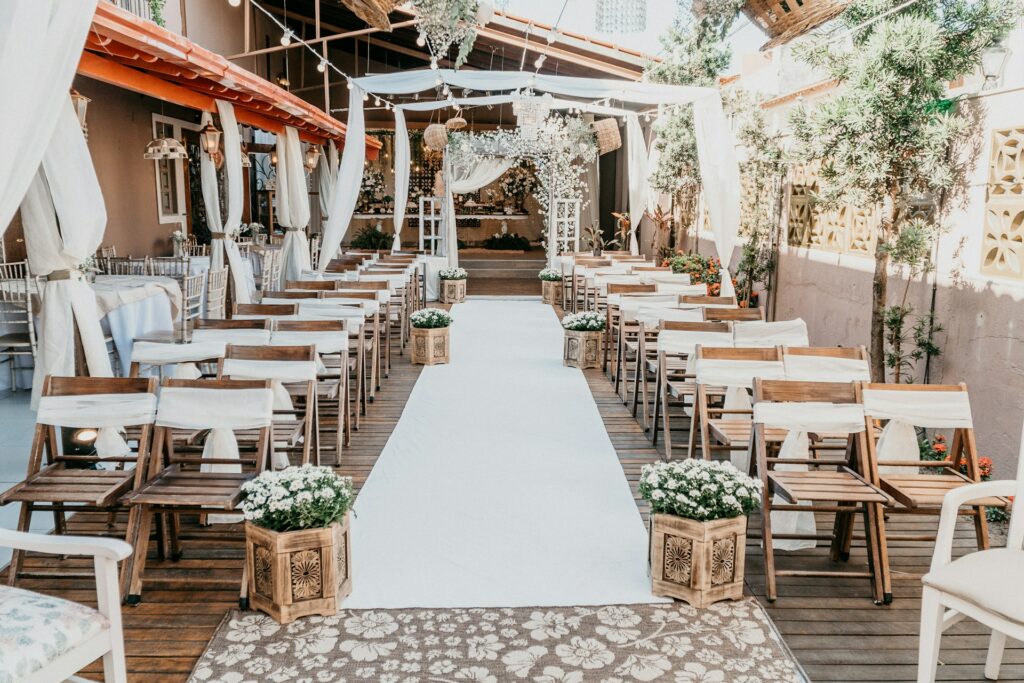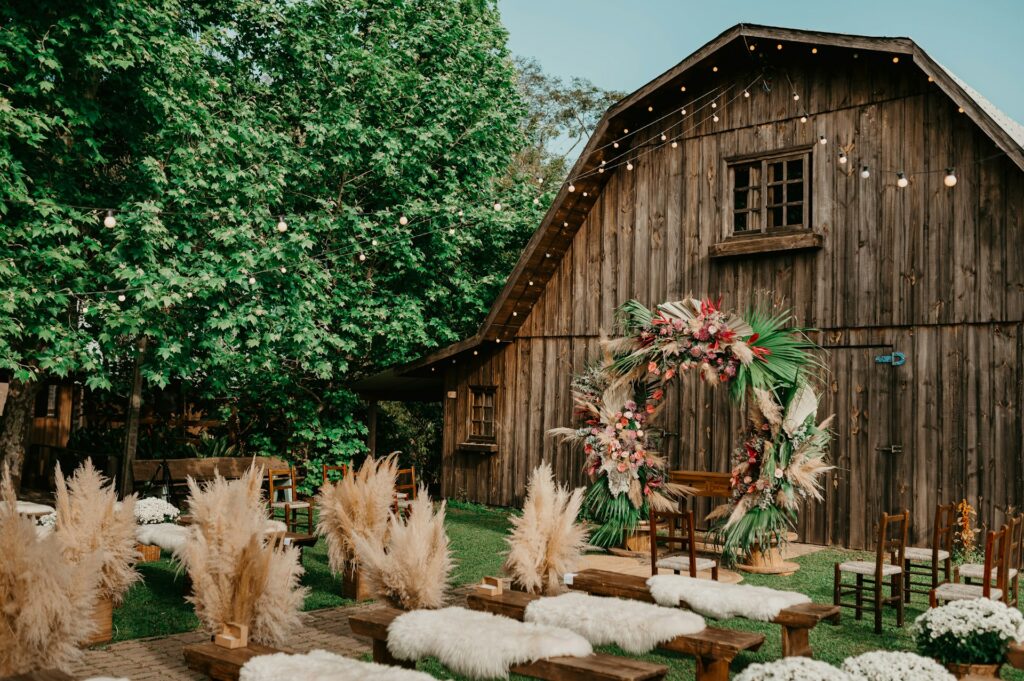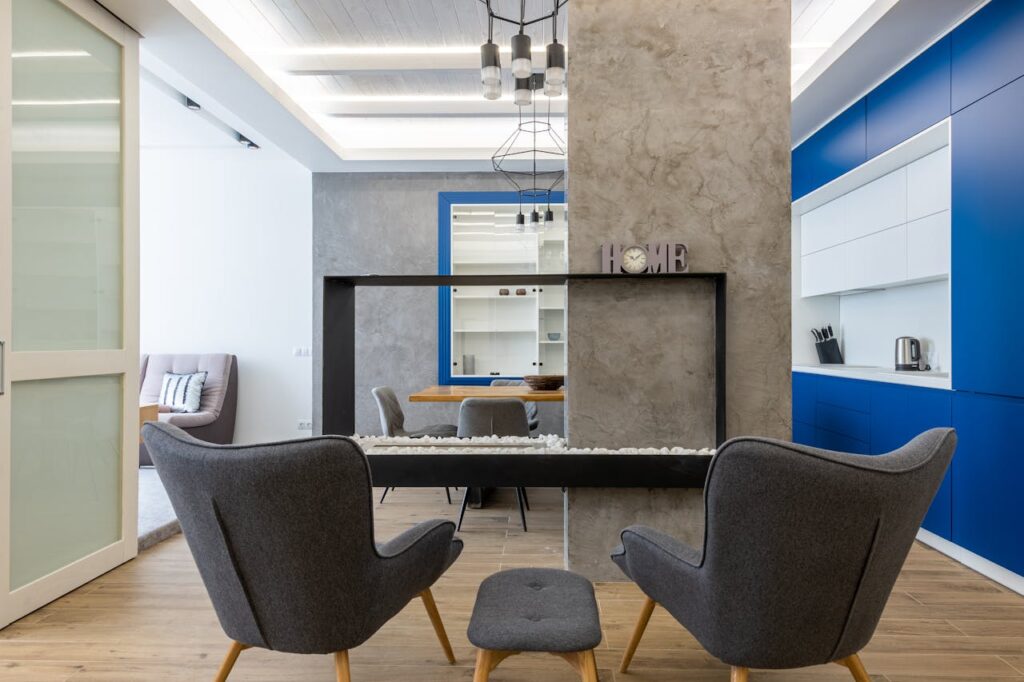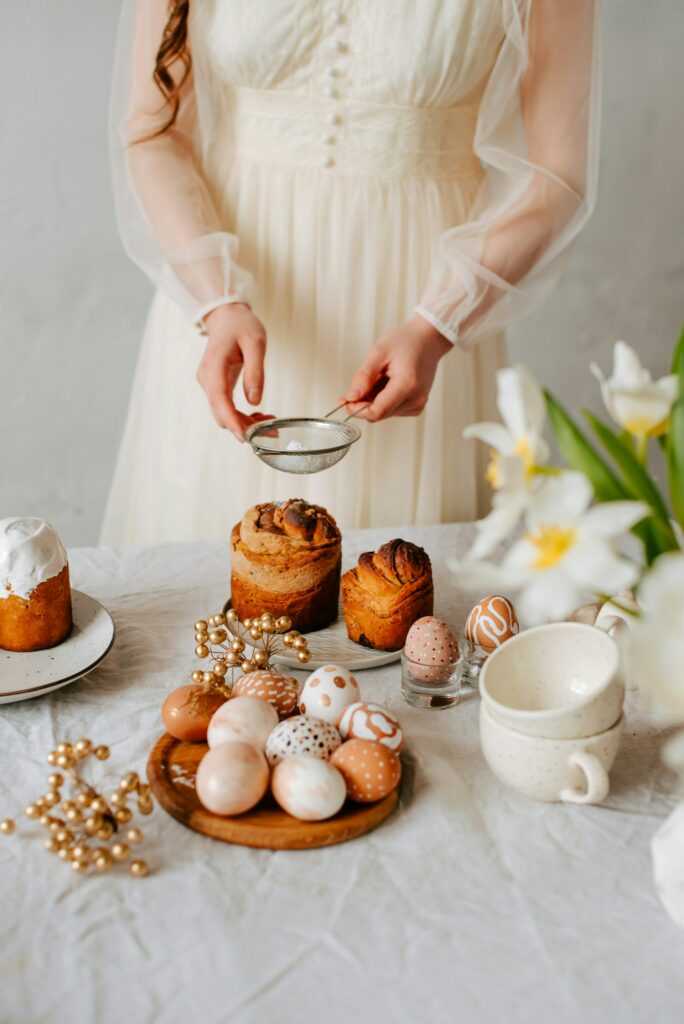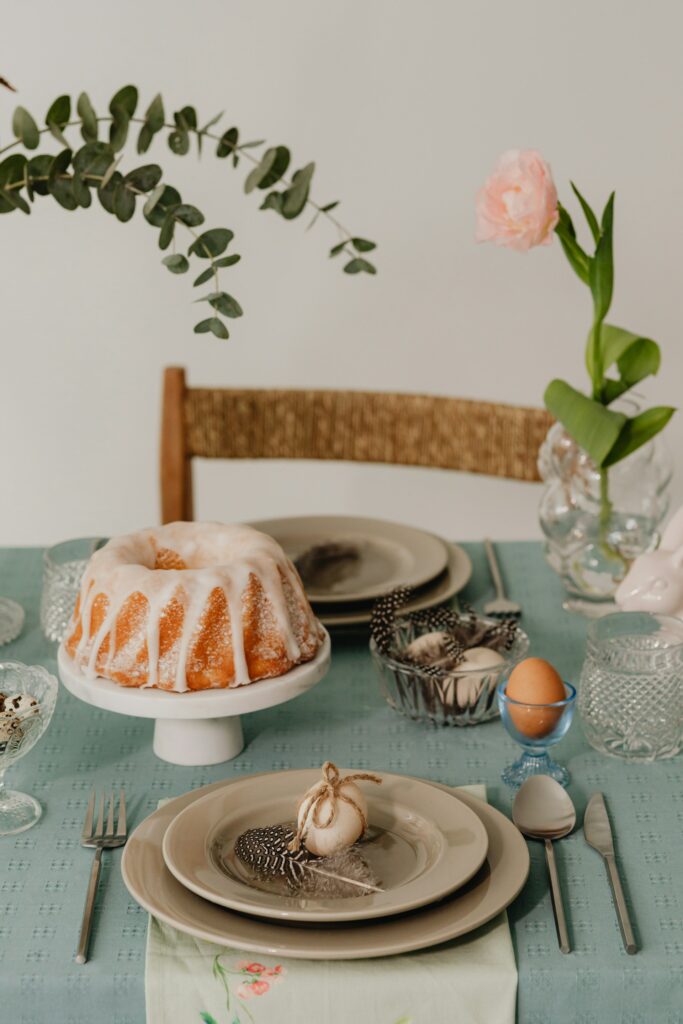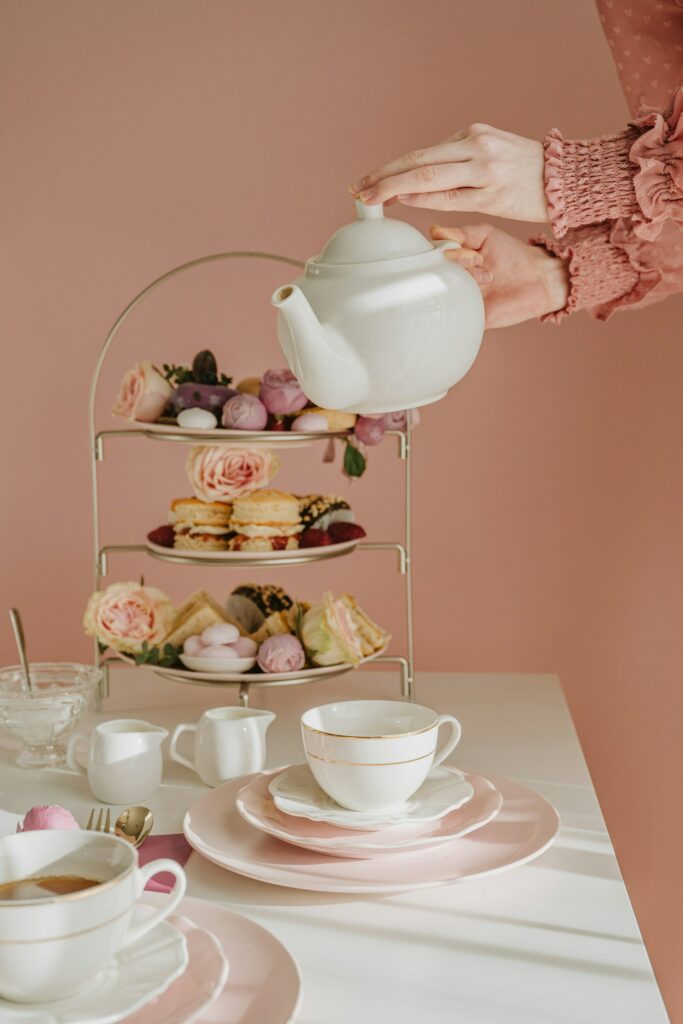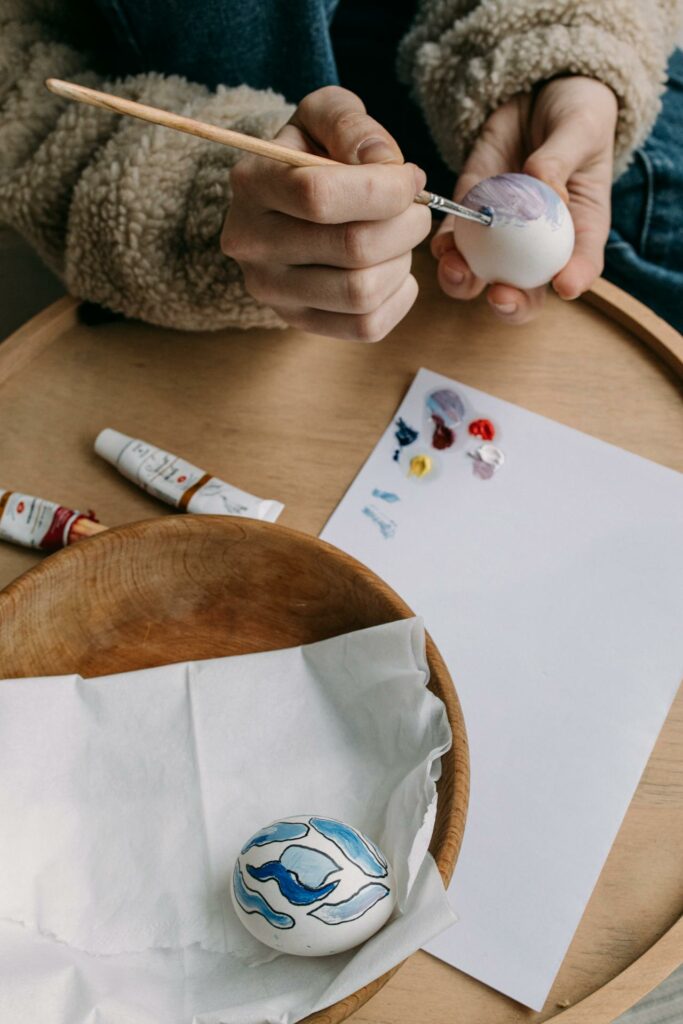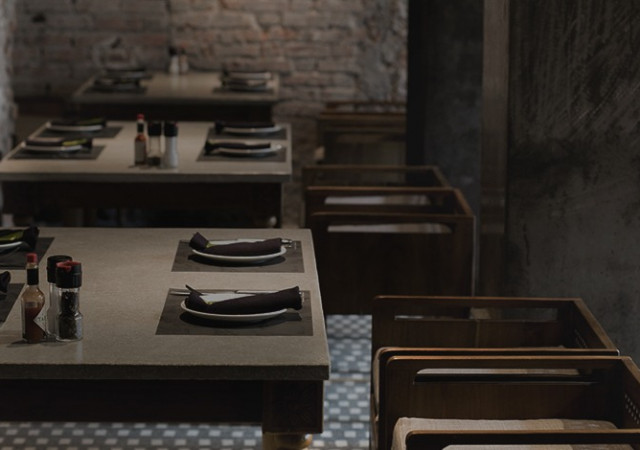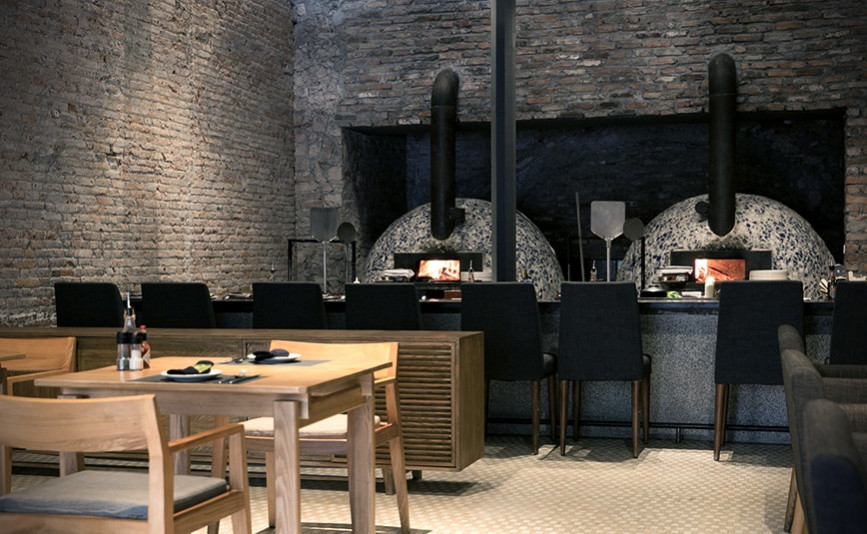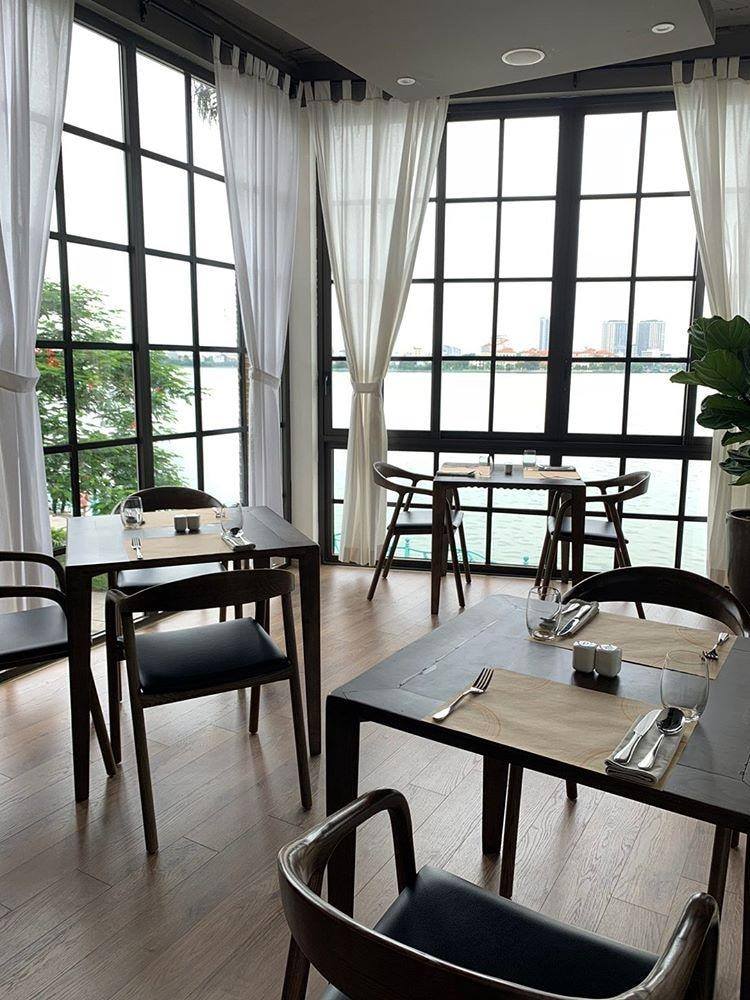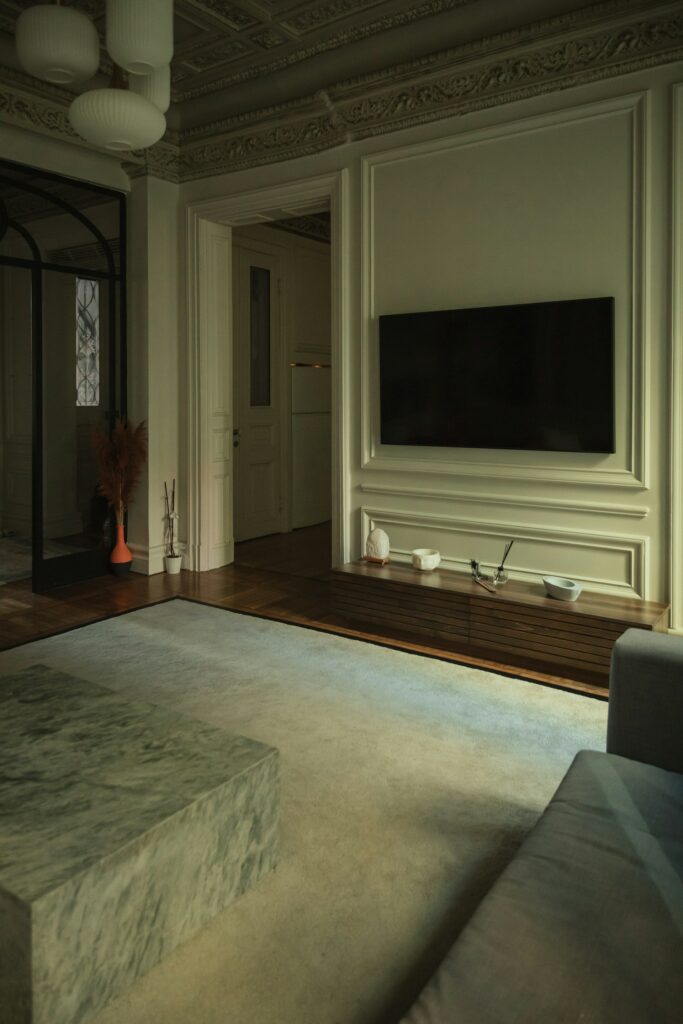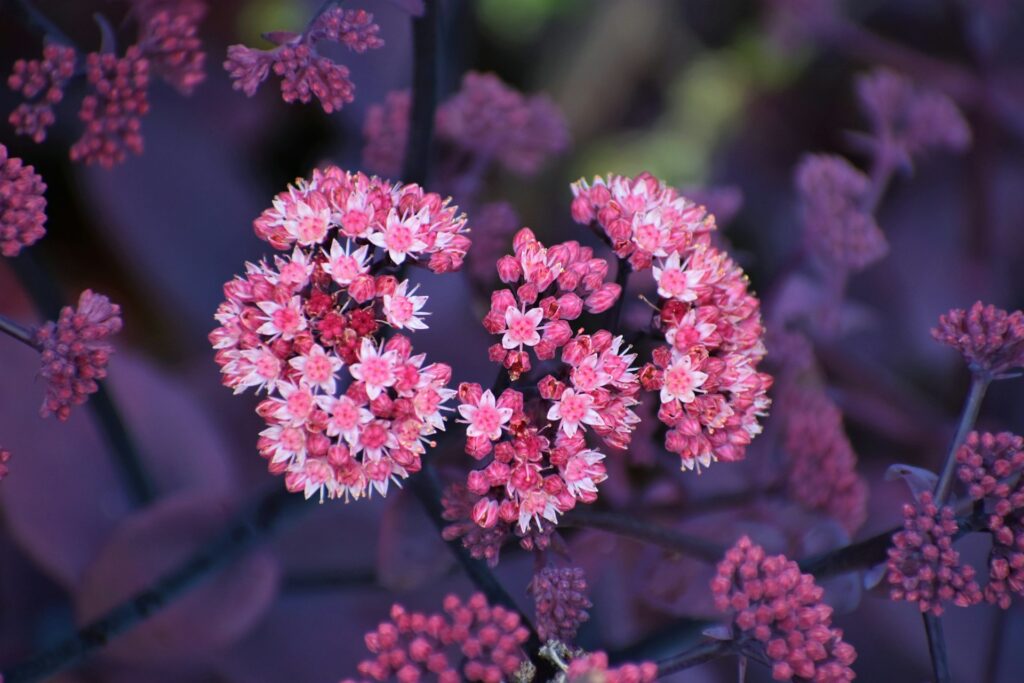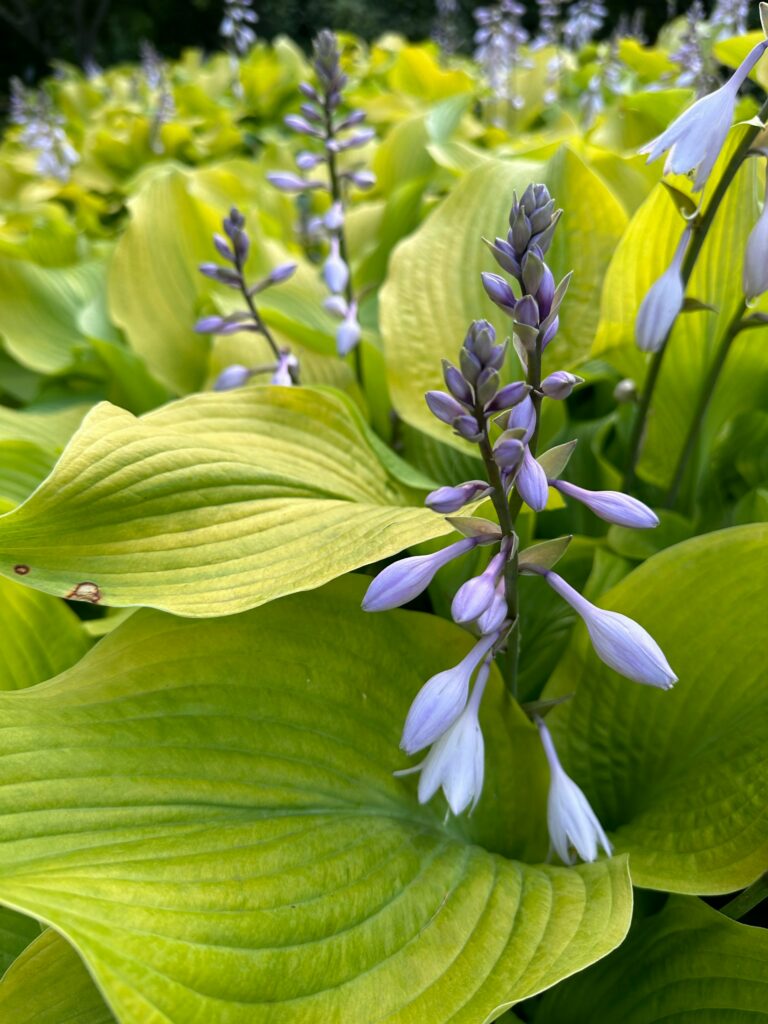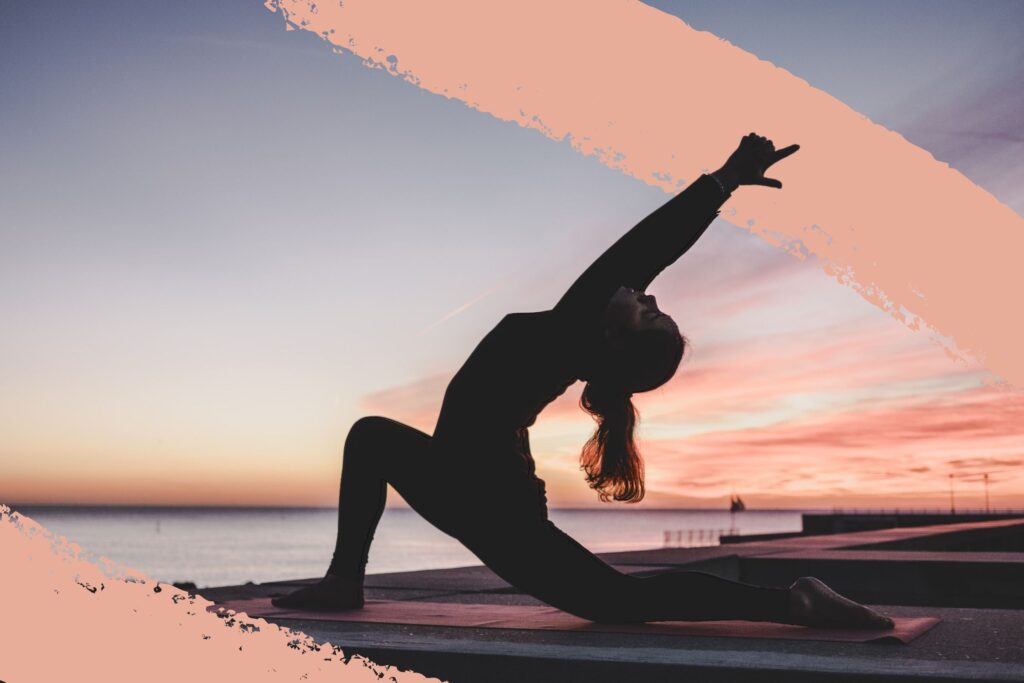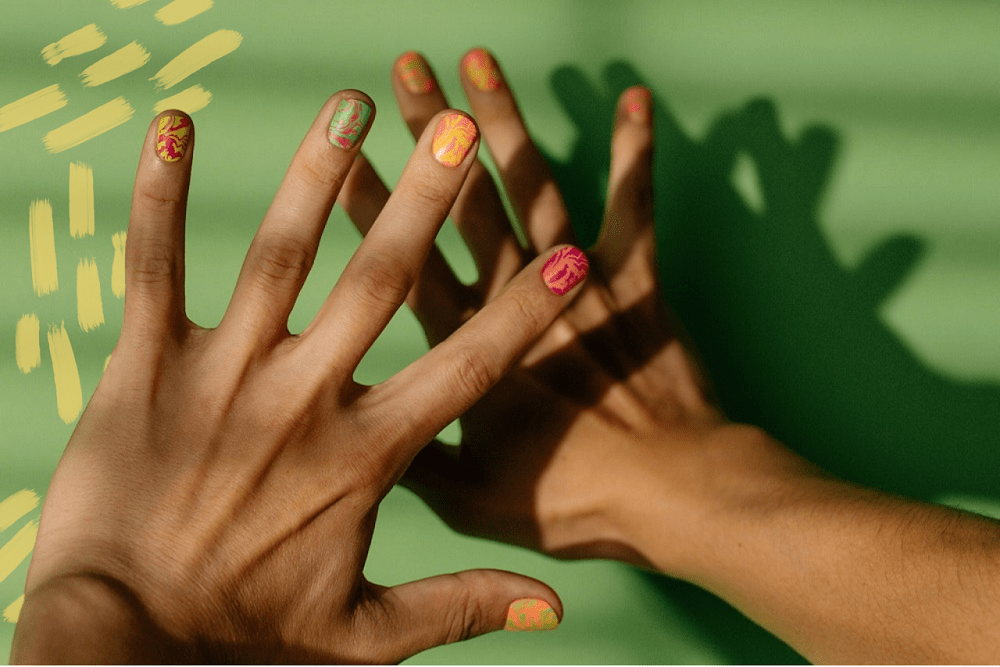In an era where our real, actual lives are so intertwined with the digital world that a few moments away from our phone can feel like we’ve lost a limb, the concept of a digital detox has become at turns increasingly appealing and utterly terrifying.
But it’s because of the latter reaction that the occasional break from all of our screens is so necessary. The constant barrage of notifications, emails, and the endless scroll of social media can lead to a sense of overwhelm and disconnection from the physical world, and it can often feel like we’re living on autopilot – always seeking distraction from distraction, and never fully engaged with real, tangible life as it unfolds around us.
Those Digital Detox Tips In Full
As we step into 2024, it’s more important than ever to find balance and reclaim our time from the digital domain. Here are 12 digital detox tips that promise to be effective in the modern age.
Establish ‘No Tech’ Zones
One of the most straightforward ways to initiate a digital detox is by designating certain areas of your home as ‘no tech’ zones. This could be your bedroom, dining room, or a cosy nook where you usually read or meditate.
By creating physical spaces where digital devices are not allowed, you encourage yourself and your family to engage in other activities that don’t involve screens, fostering better sleep, conversation, and relaxation.

Embrace The ‘Offline Mornings’ Routine
Start your day right by not reaching for your phone the moment you wake up. Instead, give yourself at least an hour every morning before you check your emails or social media. Use this time to enjoy a morning ritual like stretching, reading, or writing in a journal. This practice helps set a calm tone for the day and reduces the urge to be constantly connected.
Set A Digital Curfew
Just as important as how you start your day is how you end it. Implement a digital curfew where you switch off all electronic devices at least an hour before bedtime. This helps your mind unwind and prepares your body for a restful night’s sleep, free from the blue light emitted by screens that can disrupt your sleep patterns.
Schedule Unplugged Hours & Go Old School With Entertainment
Dedicate certain hours of the day to being completely unplugged. During these times, turn off your phone, computer, and other digital devices. You might choose a couple of hours in the afternoon or an entire Sunday each week. Use this time to connect with friends and family, get outdoors, or indulge in a hobby.
Rediscover hobbies and pastimes that don’t involve a screen. Whether it’s dusting off that guitar, getting lost in a physical book, or starting a puzzle, these activities can be incredibly fulfilling and offer a much-needed break from digital consumption.

Use Tech To Beat Tech
It may sound counterintuitive, but there are numerous apps and software options designed to help you monitor and limit your screen time. Features like Apple’s Screen Time or Android’s Digital Wellbeing dashboard allow you to set daily limits on specific apps and provide reports on your usage. Use these tools to stay aware of (and be shocked by!) your digital habits and make conscious changes.
There are tangible products out there that can help in digital detoxing, too. From iPhone 15 cases that facilitate signal blocking to mobile phone lockers that physically keep your phone out of your hand, everything little helps, hey?
Take A Social Media Sabbatical
Social media can be a significant time-sink and source of stress. Try taking a break from all social media platforms for a set period – be it a week, a month, or even longer. Announce your hiatus to your followers so they know you’re not just ignoring them, and delete the apps from your phone to avoid temptation.
Take time to unfollow or mute accounts that don’t add value to your life. This can make your social media experience more positive and less time-consuming.
Turn Off Non-Essential Notifications
Notifications are a constant source of distraction, pulling us out of the moment and back into the digital world. Go through your apps and disable any non-essential notifications. By limiting interruptions, you’ll be able to focus better on the task at hand and reduce your overall screen time.
Engage In Mindfulness and Meditation
Mindfulness and meditation can be powerful tools in your digital detox arsenal. These practices help you become more aware of your thoughts and actions, including your digital habits. They can also reduce the stress and anxiety that often accompany heavy digital use. There are many free resources and local classes to get you started.

Plan a Tech-Free Retreat
Sometimes, the best way to reset your digital habits is by removing yourself entirely from your usual environment. Plan a getaway to a place where Wi-Fi is scarce or commit to not using your devices even if they’re available. This can be a camping trip, a stay in a rural B&B, or a retreat that specifically focuses on digital detoxing.
Rediscover Paper
Instead of reading on a screen, pick up a physical book, magazine, or newspaper. Engaging with paper can be a relaxing and enriching experience, giving your eyes a break from digital strain.
Limit Yourself To One Screen At A Time
It’s absurd, isn’t it? Needing to be entertained on a small screen at the same time as being entertained on the big screen, all after being on the medium sized screen all day…
Multitasking across multiple devices can be overwhelming. Focus on one screen – at most – to improve concentration and reduce digital clutter.
Set Clear Boundaries
Communicate with clients, colleagues, and family about your availability during your digital detox. Setting boundaries helps prevent burnout and ensures you have dedicated time to unplug
The Bottom Line
In 2024, as our lives become even more saturated with technology, finding ways to disconnect is crucial for our mental and physical well-being. A digital detox doesn’t have to be about quitting technology cold turkey; it’s about creating a healthier, more mindful relationship with our devices.
By implementing these ten tips, you can enjoy the benefits of the digital world without becoming a slave to it. Remember, the goal is to control your tech usage, not let it control you. Here’s to a more balanced, present, and fulfilling year ahead. Go get it!








